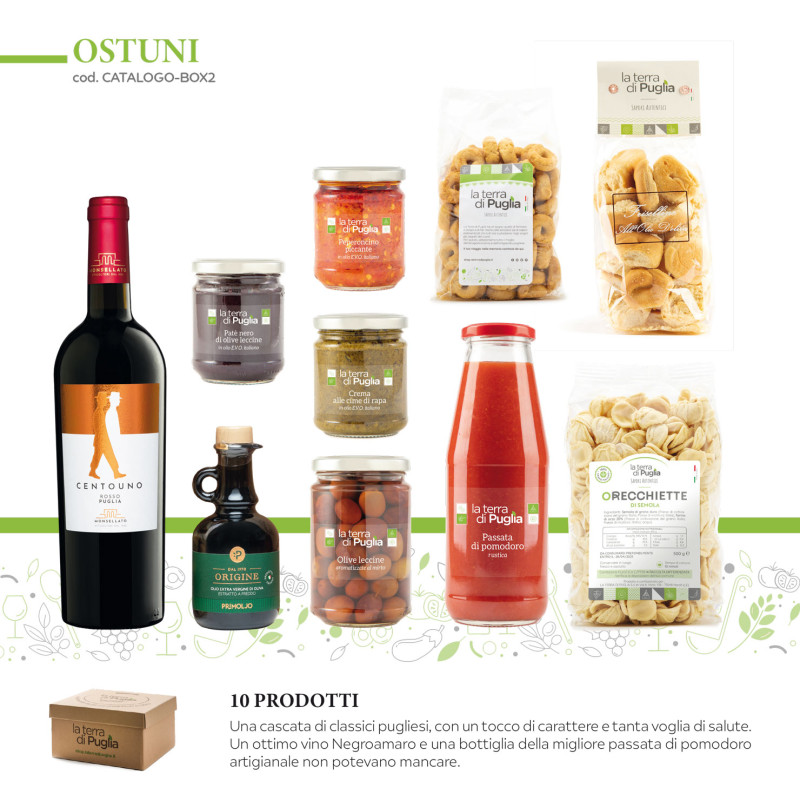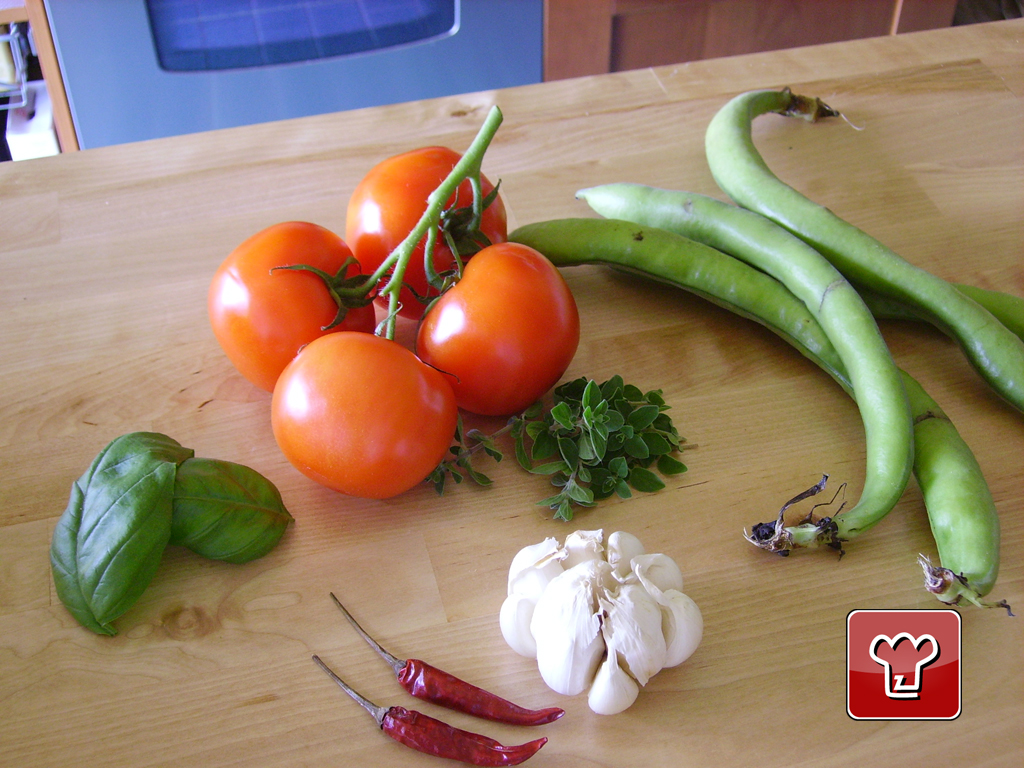Tuscan fava beans
The home that eats legumes is a healthy one, because these foods offer a high intake of proteins to help maintain a healthy gut, but without emptying your wallet - an important consideration in times of economic difficulty! Today we are considering fava or broad beans, a legume with an ancient history: in fact, they were even found in tombs dating back to the Neolithic period. The fava beans, especially in ancient times, had always been considered one of the staple foods of the poor, and in modern times with the development of processed foods, they tended to fall into a culinary oblivion for a time. But if you do make a trip around Italy, especially in those rural and traditional areas outside the major urban centres, you will find that fava beans are still widely enjoyed, and with this recipe you will want to enjoy them too.
Ingredients
-
garlic 1 clove
-
salt
-
sugar
-
extra virgin olive oil
-
White wine a sprinkle ok white wine

Send the recipe
Preparation
Remove the beans from their pods and rinse them under running cold water. It’s best not to remove the skin from the beans because they give more flavour. Make the tomato sauce with 4 medium red tomatoes. In a saucepan, sauté the garlic and the beans for 5 minutes. Add a dash of white vermouth and then add the tomato sauce. Add salt and sugar, then the red pepper, basil and oregano. Cover the saucepan with a lid and simmer for an hour. After an hour of cooking the beans should be soft and tender – and very tasty!
Step by step
|
View the step by step
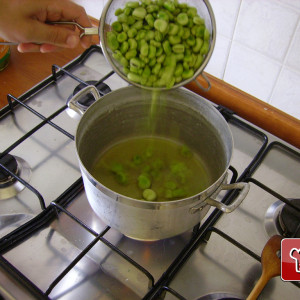
|
Remove the beans from the pod and toss them in a pan with a little oil and a clove of garlic.
|
|
View the step by step
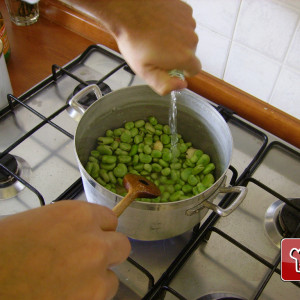
|
Add a dash of white wine to the pan and reduce
|
|
View the step by step
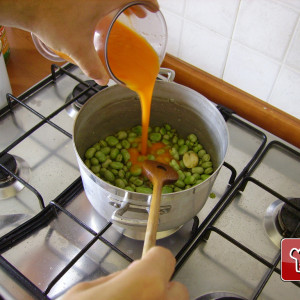
|
Add your homemade tomato sauce and simmer for an hour
|
|
View the step by step
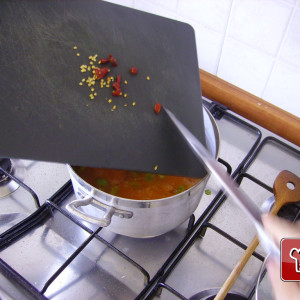
|
Add some chopped chilli
|
|
View the step by step
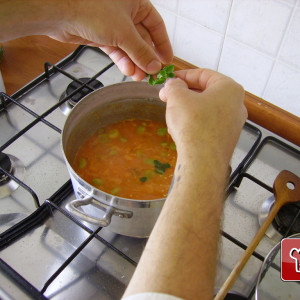
|
Add some fresh basil
|
|
View the step by step
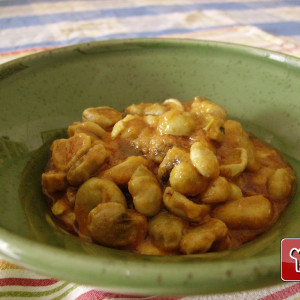
|
Your lovely vegetable dish is ready!
|
Additional Information
Broad beans in Turkish cuisine
In Turkish cuisine, broad beans — known as bakla — are a popular ingredient in many traditional dishes. A classic recipe is zeytinyağlı bakla, where the beans are simmered with olive oil, onions, garlic, and spices for a rich and aromatic result. Another popular dish is bakla pilaf, which combines the beans with rice and tomatoes to create a satisfying, hearty side. Broad beans also feature in Turkish stews, soups, and salads, especially during the spring season and festive meals.
Broad beans in Italian cuisine
Broad beans, called fave in Italian, are a seasonal staple enjoyed fresh during spring. Used in soups, stews, pasta dishes, and salads, they play a key role in many regional recipes. Their mild yet earthy flavor and versatility make them a beloved ingredient across Italy.
Are broad beans healthy?
Yes, broad beans are rich in fiber, protein, vitamins, and minerals such as iron and magnesium. Regular consumption supports digestion, lowers cholesterol, strengthens the immune system, and promotes heart health.
How long do broad beans take to cook?
Broad beans usually need 10 to 15 minutes of boiling to become tender. Some prefer to blanch them first to make peeling easier. Cooking time can vary depending on the size of the beans.
Are broad beans and fava beans the same?
Yes, they are two names for the same legume: Vicia faba. "Broad beans" is common in the UK, while "fava beans" is often used in the US.
What do broad beans taste like?
Broad beans have a slightly bitter, earthy flavor with a nutty undertone. Their taste becomes milder when cooked, making them suitable for many savory dishes.
Are broad beans the same as edamame?
No, edamame are young soybeans, while broad beans belong to a different plant family. Edamame have a sweeter taste and are more commonly found in East Asian cuisine.
Can you eat broad beans raw?
No, it is not recommended. Raw broad beans can contain natural toxins. Cooking neutralizes these substances, making them safe and more enjoyable to eat.


